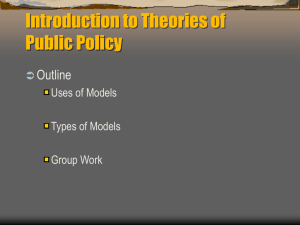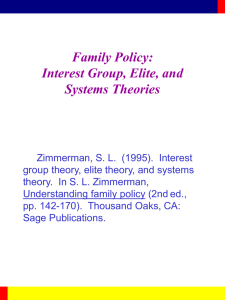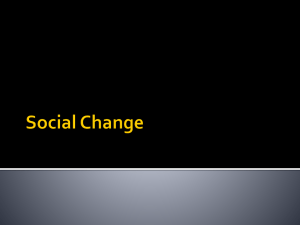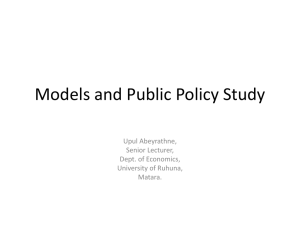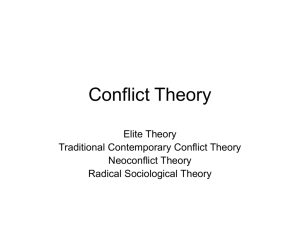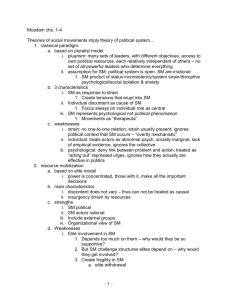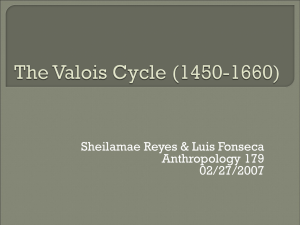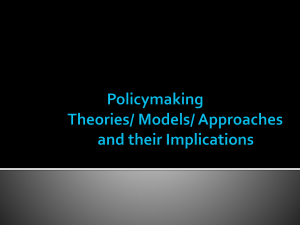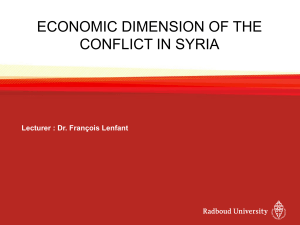Elite and Popular Culture The European World HI203 Dr Rosa Salzberg
advertisement
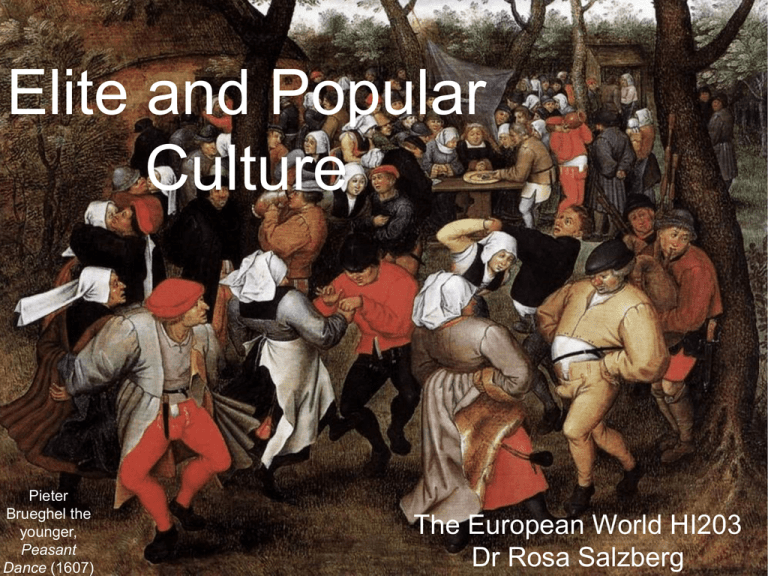
Elite and Popular Culture Pieter Brueghel the younger, Peasant Dance (1607) The European World HI203 Dr Rosa Salzberg Dance at the court of King Henry III, later XVI Definitions • beliefs, customs, rituals, clothing, artworks, literature, performances etc. of non-elites • different elites: rulers/aristocracy; urban elites; economic and intellectual elites • blurring at the edges Courtly Culture • • • Shift of power towards ruler Centre for patronage, preferment, cultural life Competitions in magnificence Palais du Louvre, Paris Place des Vosges, Paris Pierre Patel, Palace of Versailles, 1668 • • • The “civilising process” (Norbert Elias) Refinement of manners and etiquette Elaborate rituals and behaviour • Lineage, prestige, status • Conspicuous consumption • Dissociation from manual labour/trade • Humanist education Lorenzo Lotto, Portrait of Andrea Odoni, 1527 Definitions • who are ‘the people’? • differences of wealth, education, gender, age, religion Studying Popular Culture • ‘an elusive quarry’ (P. Burke) • ‘a lost Atlantis’ (R. Muchembled) • oblique access through ‘brokers’/mediators • NB. problem of sources as ‘filters’ Interactions • New work in the 60s and 70s • Influence of anthropology and sociology eg. Natalie Zemon Davis Peter Burke, Popular Culture in Early Modern Europe (1978) • ‘great’ and ‘little’ traditions • elites participate in both, “people” only in little tradition Carlo Ginzburg The Cheese and the Worms (English trans. 1980) • focus on circularity and appropriation • Microhistory of Menocchio the miller • active appropriation from elite culture • “a total, unified culture, rather than some kind of fractured 'two-tier' entity” (R. Scribner) The Court • Protecting and enclosing the prince • Connecting to the outside • Presence of artists, craftsmen, performers The Globe Theatre Shakespeare Ludovico Ariosto’s Orlando furioso Change • growing division between popular and elite? • ‘Triumph of Lent’ over carnival (Burke) • Protestant and Catholic reform of popular practices • attempts to control spaces like piazzas, streets, alehouses Pieter Breughel the elder, Peasant Wedding (1567-8) Gentile Bellini, Procession in St. Mark’s Square (1496) Change • growing division between popular and elite • ‘Triumph of Lent’ over carnival (Burke) • Protestant and Catholic reform of popular practices • attempts to control spaces like piazzas, streets, alehouses • BUT elites still participate • popular culture could be conservative Rough music/ charivari Role of print • ‘popular print’ eg. ballads, almanachs, chapbooks, prints • blurred boundaries, encouraged interchange • stemmed by censorship, regulation • but new opportunities to express and preserve popular culture 1) other factors 2) not inherently rebellious 3) look for connections 4) changes over the period

